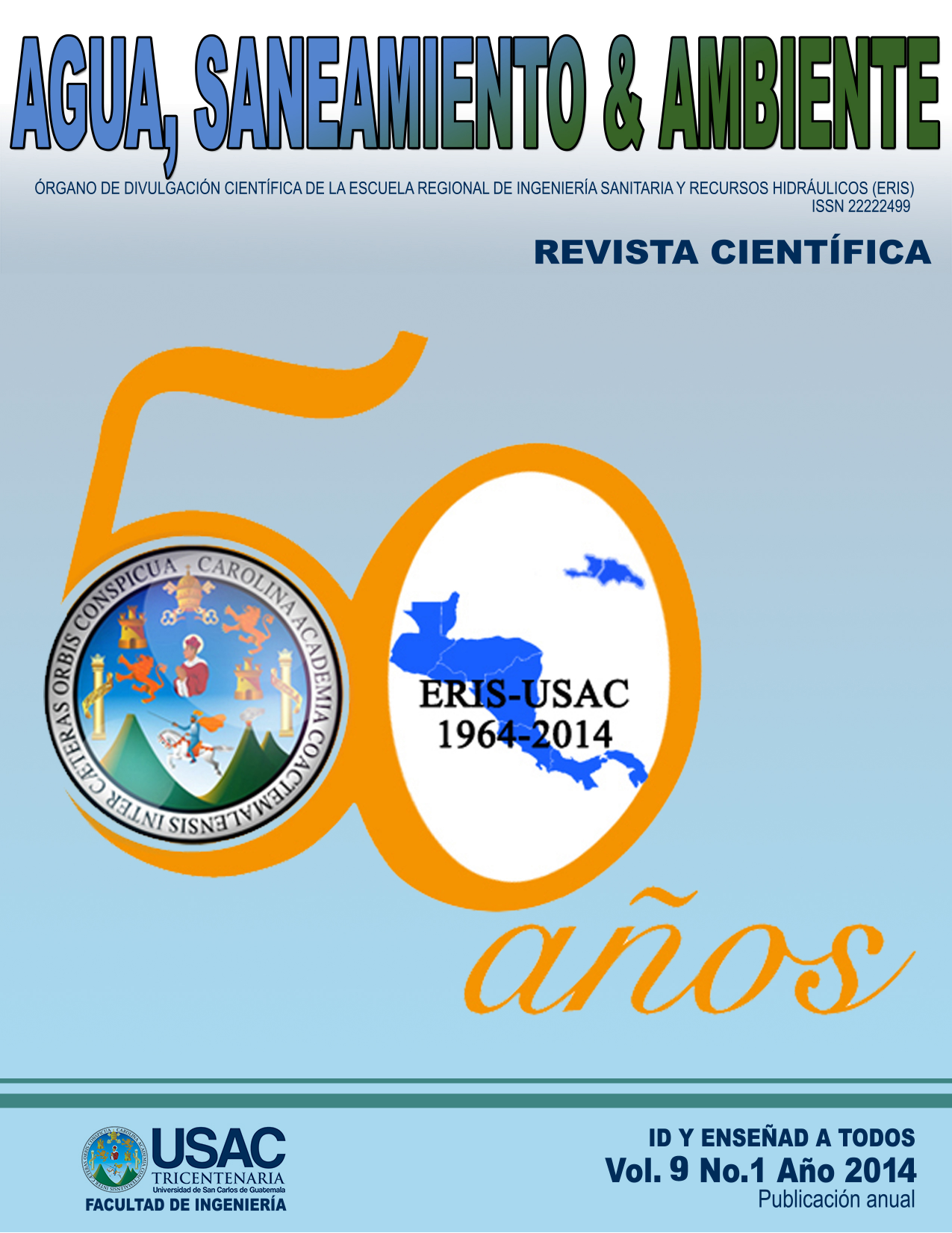NEUTRALIZACIÓN DEL POTENCIAL DE HIDRÓGENO DEL AGUA MIEL DE UN BENEFICIO HÚMEDO TECNIFICADO DE CAFÉ UTILIZANDO HIDRÓXIDO DE CALCIO Y BICARBONATO DE SODIO
DOI:
https://doi.org/10.36829/08ASA.v9i1.1463Keywords:
Coffee waste water, Carbonates, Sodium Carbonate, buffer capacity, hydroxides, Potential or hydrogenAbstract
Coffee waste water, have an average pH of 4.68 units, when this water is discharged into bodies of water change drastically the natural acidity and causing increased turbidity and reduced the dissolved oxygen. Prior to conducting treatment by biological way, it is necessary to perform the addition of alkalinity which can be through two alkalizing groups: those that react with carbon dioxide to form bicarbónica alkalinity as calcium hydroxide and that offer directly bicarbónica alkalinity as sodium bicarbonate. In laboratory, using fifteen differents samples of coffee waste water was added different concentration of sodium bicarbonate and calcium hydroxide. For each and every concentration of alkalizing, its pH was measured in each laboratory test and after 24 hours. With all pH values and by descriptive statistical analysis it was concluded that a concentration of 2.50 grams of sodium bicarbonate per liter of coffee waste water, neutralizes the pH in a mean value of 6.23 units, and additional buffer capacity as 24 hours later, the medium pH value for this concentration was 6.27 units. By contrast, using calcium hydroxide at a concentration of 2.50 grams per liter of coffee waste water as is traditionally done, pH increases abruptly up to 10.20 units and 8.75 units 24 hours later.
Downloads
References
APHA (American Public Health Association),AWWA (American Water WorksAssociation) & WEF (Water AndEnvironment Federation). (2005). Standardmethods for the examination of water andwastewater, Clescerl, L. S., Greenberg, A.E., & Eaton, A. D. (editors).
El Cafetal, La Revista del Caficultor. ANACAFE,Octubre de 2006
Metcalf & Eddy, INC. Ingeniería de AguasResiduales, Tratamiento, Vertido yReutilización. McGRAW-HILL. TerceraEdición. 1996
Romero Rojas, Jairo Alberto. Calidad del Agua 3°Edición. Editorial Escuela Colombiana deIngeniería. 2009
Saravia, Pedro. Contamination del Agua.Universidad de San Carlos de Guatemala
Sawyer, Clair; Perry L. McCarty. Chemistry forSanitary Engineers. 2° Edition
Sawyer, Clair; Perry L. McCarty; Oarkin, Gene.Química para Ingeniería Ambiental.McGrawHill. Cuarta edición. 2000
Tchobanoglous, George; Crites, Ron. Tratamientode Aguas Residuales en PequeñasPoblaciones. 2000
Torres Lozada, Patricia; Pérez Vidal, Andrea; 2008.Índices de Alcalinidad para el Control delTratamiento Anaerobio de AguasResiduales Fácilmente Acidificables.Ingeniería y Competitividad. Volumen 10Número 2: 41-52 DOI: https://doi.org/10.25100/iyc.v10i2.2473
Downloads
Published
How to Cite
Issue
Section
License

This work is licensed under a Creative Commons Attribution-NonCommercial-ShareAlike 4.0 International License.







